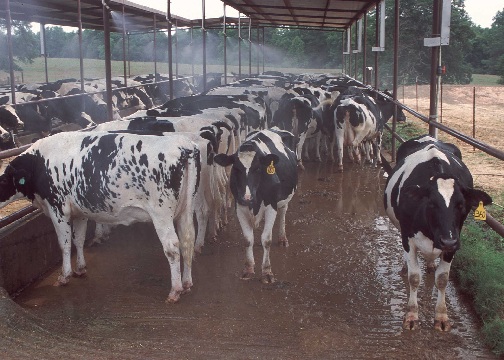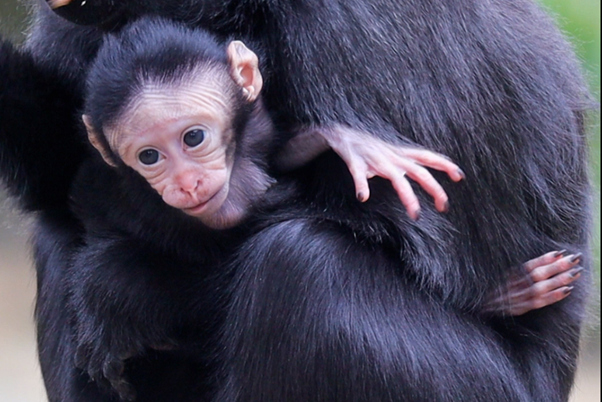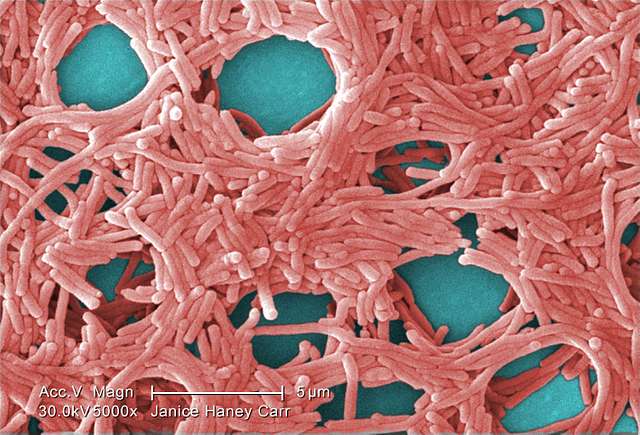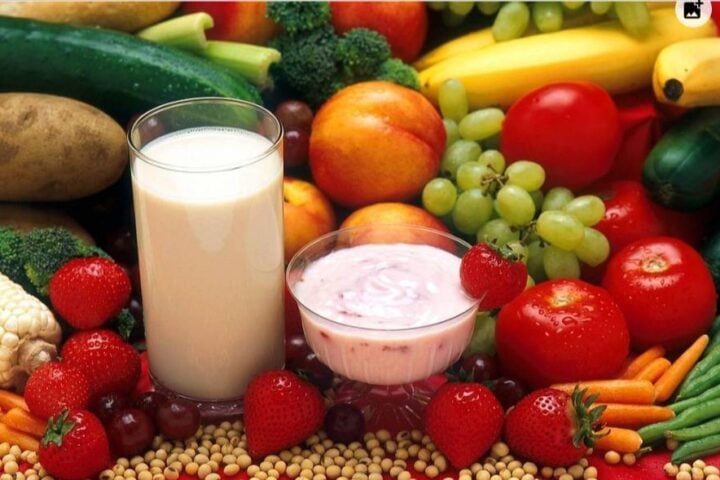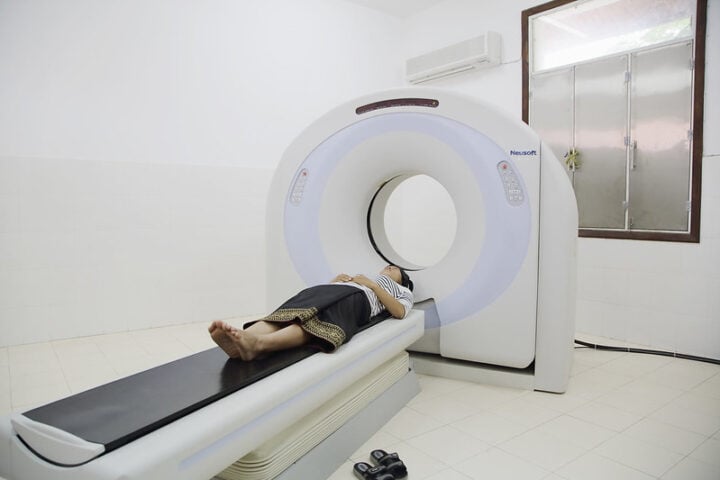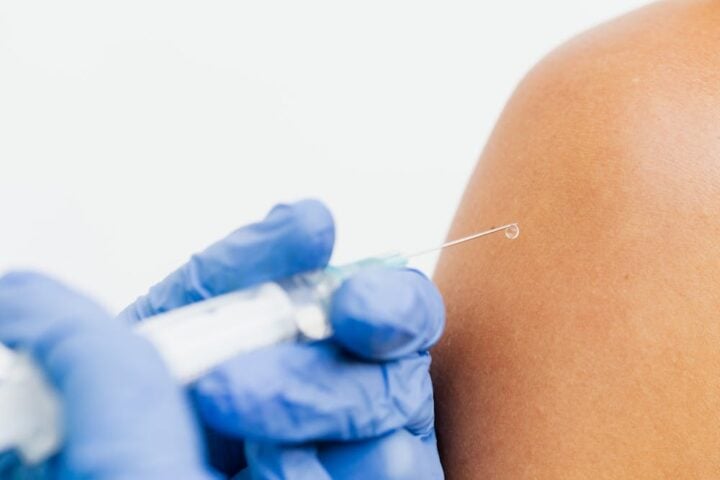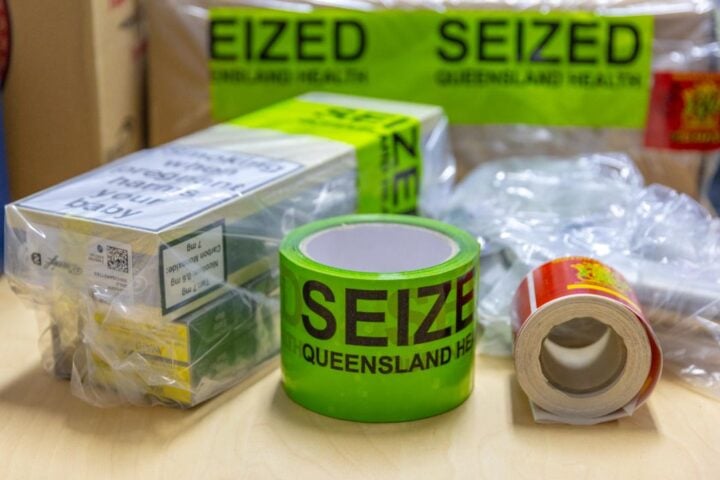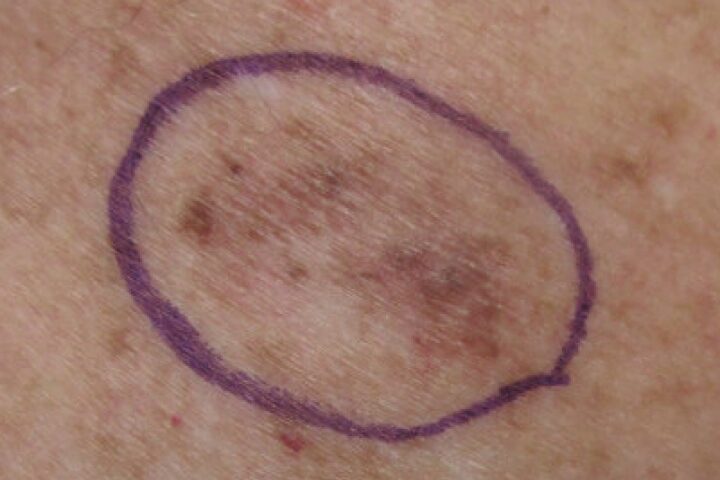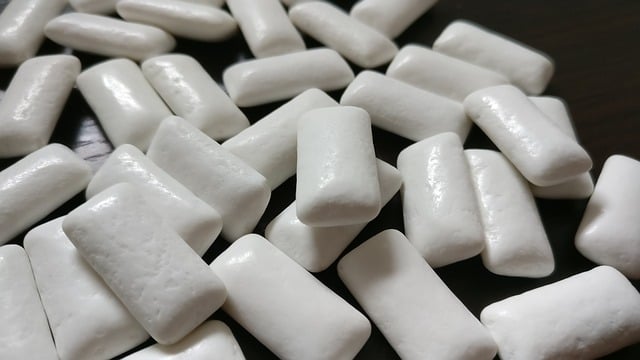The H5N1 bird flu virus has shown up in unexpected places – first in dairy cow milk in Arizona, and then in a worker at a Nevada dairy farm. This discovery has gotten the attention of health experts across the country.
Tests found the virus in milk from cows in Maricopa County, Arizona. These cows weren’t even sick, which makes spotting the problem harder. The virus is a type called H5N1, but with a specific pattern (D1.1) that’s different from earlier cases.
When viruses spread, they can either move between animals in a region or jump directly from one species to another. In this case, the virus is jumping from wild birds to cows in different places. That’s why Michael Worobey, who studies how viruses evolve at the University of Arizona, was surprised. “I didn’t think it would happen quite so fast, nor in my own backyard,” he said.
The story got bigger when a dairy worker in Nevada caught the same type of virus. They only got pink eye and recovered quickly. So far, 69 people in America have caught bird flu, mostly people who work with cows or chickens.
Should everyone worry? The CDC (Centers for Disease Control and Prevention) says no – the risk to most people is low. But the virus’s ability to infect both birds and mammals has scientists watching closely. Dr. Richard Webby from St. Jude Children’s Research Hospital offers some reassurance – the emergency vaccines America has stored should work against this virus type.
Similar Posts
The impact goes beyond human health. Farmers have had to kill over 150 million chickens and turkeys since 2022 to stop the virus from spreading. But there’s some good news too – in California, 236 out of 738 infected cow herds have gotten better.
“That’s a big deal,” says Michael Osterholm from the University of Minnesota, explaining why this matters. “It shows the virus keeps changing.”
Health officials are working hard to catch problems early. They’re testing milk from dairy farms – every single dairy in Arizona has been tested at least once since January. Only one farm has tested positive so far.
The good news for families? Pasteurized milk and dairy products remain safe to consume. But this situation shows how connected animal and human health are, and why keeping a close watch matters.
